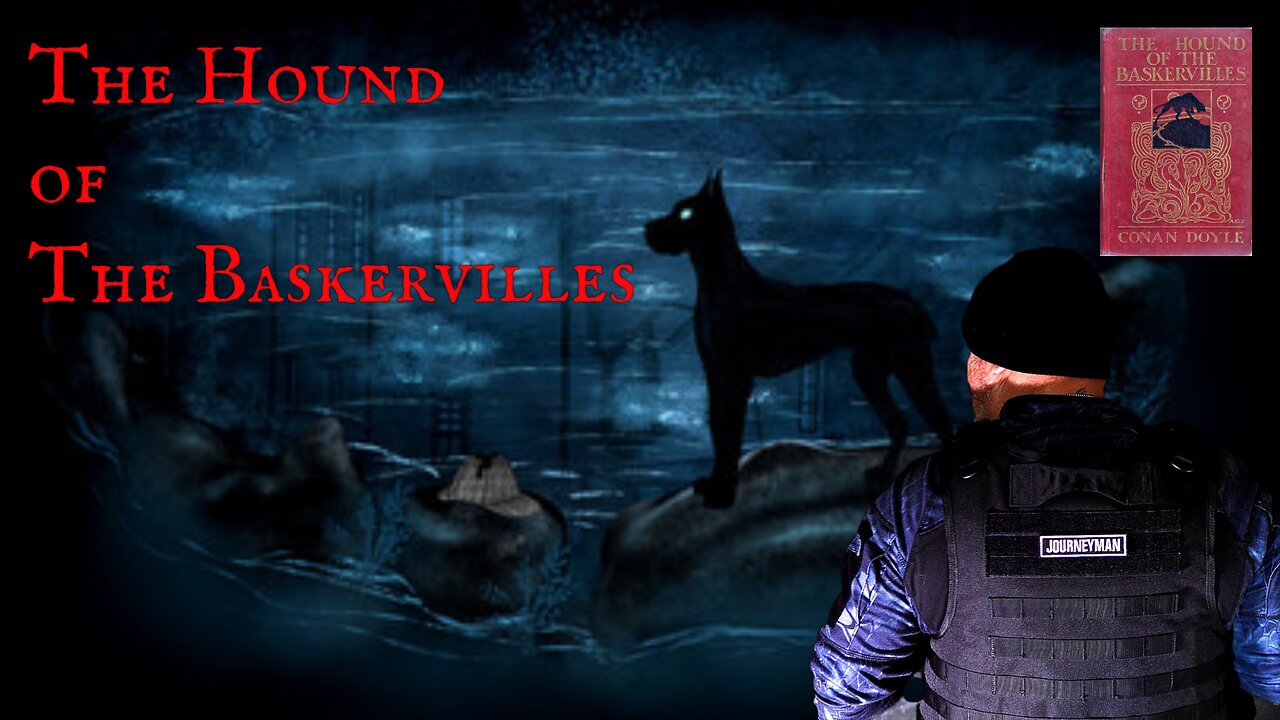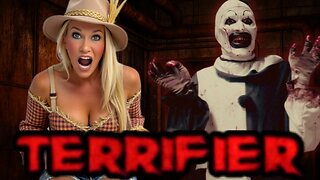Premium Only Content

The Hound of The Baskervilles
Mystery of abandoned burnt-out church where Satanic rituals took place
One of Devon's most historic churches was razed to the ground - but were Satanists behind the arson attack?
"Mr Holmes, they were the footprints of a gigantic hound!”
The church graveyard was was the burial place of sinister squire Richard Capel – or Cabell – whose monstrous behaviour inspired Sir Arthur Conan Doyle, creator of Sherlock Holmes, to write The Hound of the Baskervilles.
Cabell was alleged to have got away with the murder of his wife in the 1600s after making a pact with the devil for his soul. The people of Buckfastleigh feared him and his pack of vicious hunting dogs when he was alive. His death, on July 5, 1677, did not halt their fear and legend had it that on the night of his internment a “phantom pack of hounds” came baying across the moor to howl at his tomb.
From that moment hence, legend had it that each year on the anniversary of his death he could be found leading this phantom pack across the moor and if they weren’t out hunting, the pack could be found ranging around his grave, howling and shrieking.
Conan Doyle, who had worked as a doctor in Durnford Street, Plymouth, incorporated the legend into his famous book, which told of a diabolical hound of supernatural origin who killed Sir Hugo Baskerville after he abducted and murdered a woman in the mires of Dartmoor. The family was then cursed for evermore.
The tomb of Cabell remains and his coffin was secured beneath a heavy stone, over which a solid alter tomb was placed and then enclosed behind sturdy iron bars – ostensibly to prevent the escape of his mortal – and incorporeal – form.
-
 32:10
32:10
SouthernbelleReacts
6 days ago $9.43 earnedTERRIFIER (2016) Reaction | Art the Clown Is PURE NIGHTMARE FUEL 😱💀
45.4K12 -
 9:26
9:26
Sideserf Cake Studio
1 day ago $4.05 earnedI Made A Sabrina Carpenter CAKE
34.9K9 -
 LIVE
LIVE
GritsGG
6 hours agoDuos! - 2545+ Ws
128 watching -
 14:23
14:23
T-SPLY
2 days agoNashville Mayor Is Getting Closer To Being Arrested For ICE Obstructions
54.8K55 -
 LIVE
LIVE
MadHouseRetro
5 hours agoMadhouse Presents : Triple Warbricks Model build! Sponsored by Warbricks USA!!!!
126 watching -
 10:29
10:29
Mrgunsngear
2 days ago $9.00 earnedOtter Creek OCM5: The Quietest MK12 Silencer To Date 🇺🇸
69.6K22 -
 40:30
40:30
Kitco NEWS
2 days ago2030 Commodity Surge: What to Buy Before Prices Explode | Adam Rozencwajg
31.5K7 -
 25:29
25:29
The Dr. Ardis Show
2 days ago $5.01 earnedThe Dr. Ardis Show | Economic Update with Kirk Elliot | Episode 05.30.2025
24.6K7 -
 10:27
10:27
Professor Gerdes Explains 🇺🇦
1 day agoEx CIA Director: This Nation is Putin's NEXT Target Urgent Warning
19.4K27 -
 10:05
10:05
ARFCOM News
2 days ago $0.84 earnedCan They Track Your Prints? | CtrlPew BANNED | Short Barrels LEGALIZED | Corrupt Sheriff Sold Badges
12K13